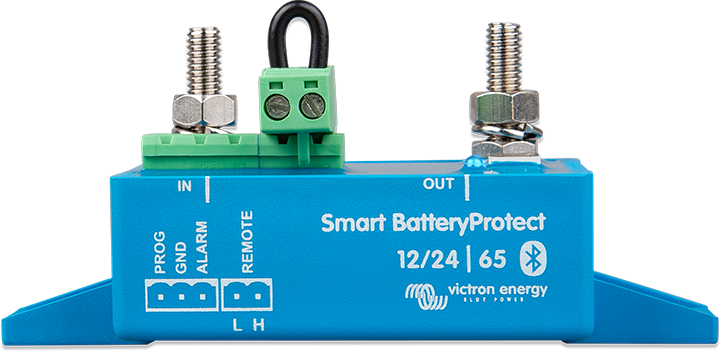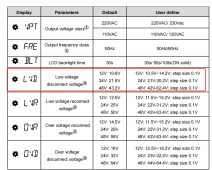Hi!
I'm planning for my 24V LFP 8x280Ah (290Ah) batterybank and wondering if it will be enough for a 3000W LF inverter. 3000W is the absolute max I will use continuously and only for a shorter time, the general draw will be much lower depending on what is used at any given time.
I see the recommendation below and wonder if 3000W inverter will still work?
I'm planning for my 24V LFP 8x280Ah (290Ah) batterybank and wondering if it will be enough for a 3000W LF inverter. 3000W is the absolute max I will use continuously and only for a shorter time, the general draw will be much lower depending on what is used at any given time.
I see the recommendation below and wonder if 3000W inverter will still work?
- 12V battery system -> inverter below 1000W
- 24V battery system -> inverter from 1000-2000W
- 48V battery system -> inverter from 2000W to 4000W
Last edited:




